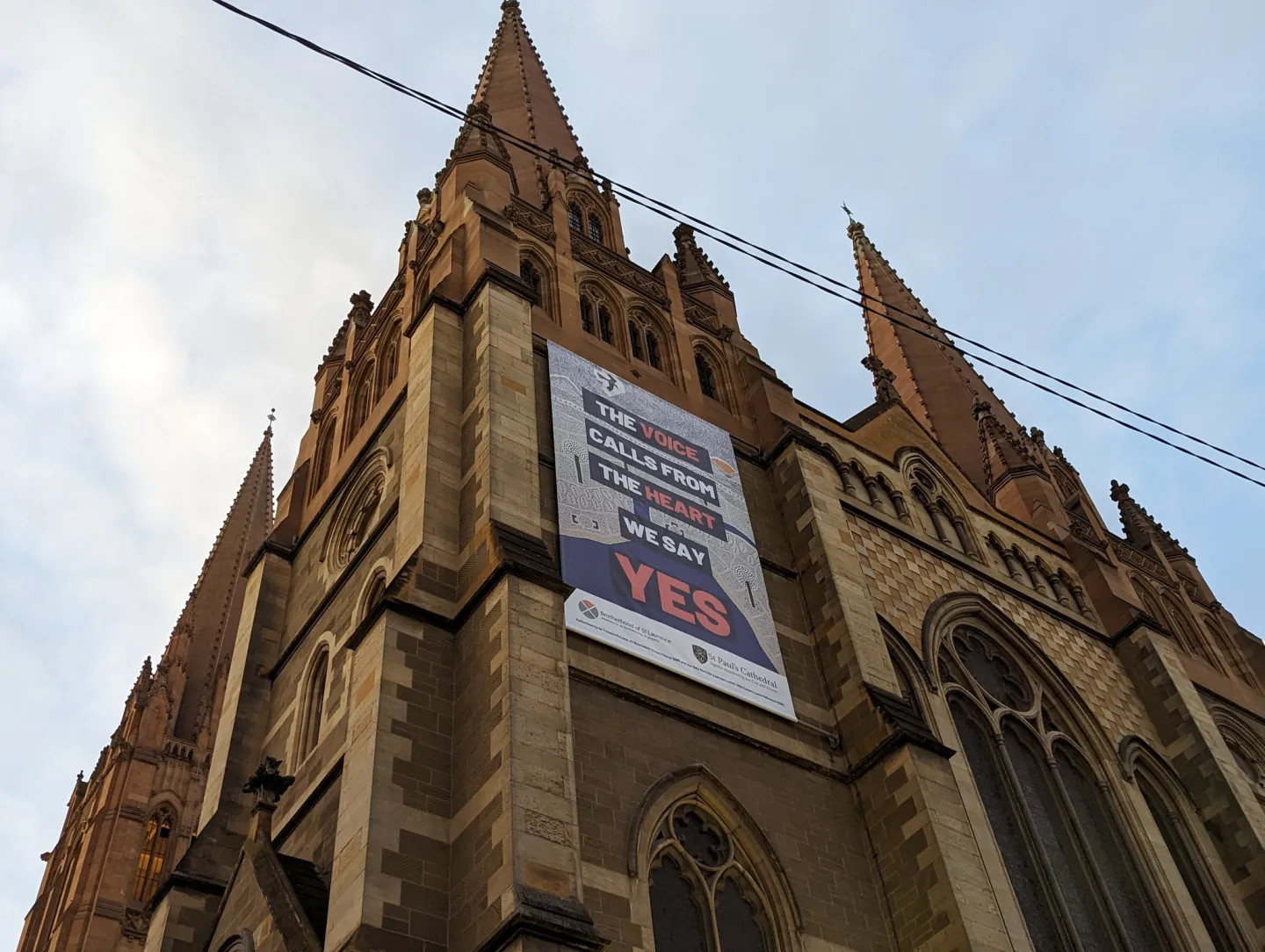Charles Brammall
The election of Bishop Ric Thorpe to lead Melbourne’s Anglicans as their new Archbishop marks a further advance towards an evangelical majority in the Anglican Church of Australia. This is a major transformation in a denomination that for over a century had a built in majority of “High” (AngloCatholic) and “Broad” (Liberal) dioceses with only Sydney as an evangelical bastion.
The real tipping point was reached at the 2022 General Synod, which revealed a robust Evangelical majority among the Houses of Clergy and Laity, with some conservative Anglo-Catholic support. The house of bishops was delicately balanced with a small liberal majority. Archbishop-to-be Thorpe’s election swings a vote to the evangelical side, but the make up of the house remains complicated
For decades there has been a gradually growing wave of evangelical Anglican clergy and Bishops spreading across decades, nay a century, of traditionally Anglo-Catholic High Church majority Australia.
Many Evangelical clergy, women’s ministers, youth workers, children’s workers, deans, archdeacons and Bishops are now serving in formerly Anglo Catholic dioceses.
What’s going on? Bishops are a good indicator of the mood of a diocese or region, as they are selected through a voting process of church representative – although the exact mechanism varies.
Tasmania for example had Anglo-Catholic bishops from the beginning, but swung to evangelicalism with the election of John Harrower in 2000. Harrower, with a background as a Church Mission Society missionary, and Melbourne’s landmark evangelical Glen Waverley parish was a cleanskin. This was for a diocese that had been racked by sex abuse scandals.
The evangelical flavour of the diocese waa confirmed with the election of Richard Condie as Bishop in 2016. Condie has been a chair of the local branch conservative Gafcon movement in the Anglican Communion. He narrowly missed out of becoming the primate (national church leader) in 2020.
In Bathurst, another former Anglo-Catholic bastion, a financial crisis caused by a massive overspend on church schools plunged the diocese into desperation. Help from Sydney saw the appointment of an energetic evangelical Bishop, Mark Calder , who is re-popluating the far flung churches of his diocese with a new generation of ministers. And he is looking for more.
The work of the evangelical Bush Church Aid society and Church Missionary Society has seen North West Australia and the Northern Territory move into the evangelical camp. Greg Anderson, a former Moore College lecturer, is now Bishop in Darwin, and there is a long line of Evangelicals in Geraldton.
In perhaps the most remarkable development, the recent election of evangelical Bishop Ric Thorpe as the new Anglican Archbishop of Melbourne, is “likely to tip the balance in the House of Bishops of the National Church.”
Amidst debates within the denomination regarding the blessing of same-sex relationships, Thorpe co-authored a theological summary arguing for the doctrine of marriage as a union between one man and one woman.
He also voted against introducing standalone services for same-sex couples on a trial basis, during a meeting of the Church of England’s General Synod.
After training at the evangelical Wycliffe Hall college in Oxford, Thorpe spent a decade (2005–2015) as rector of St Paul’s Shadwell. He oversaw church-planting initiatives, after his formative ministry as a service leader at Holy Trinity Brompton, a large Evangelical London church.
All of the candidates selected by Melbourne’s Board of Nominators were evangelical. This reflects the fact that the diocese once regarded as the classic mixed diocese, now has a sold evangelical majority of between 60 and 65 per cent. In another piece published at The Other Cheek and elsewhere, Melbourne Minister Peter Carolane attributes Thorpe’s election to the growth of a vigorous church planting movement in Melbourne
Canberra Goulburn Diocese, also traditionally Anglo Catholic, now has had two evangelical bishops in a row, Bishop Stuart Robinson and now Bishop Mark Short.
Right Rev Peter Grice, an evangelical, was Dean of Geraldton Cathedral in the Diocese of North West Australia, and is now Bishop of Rockhampton and leads the Central Queensland diocese.
Armidale Diocese in NSW changed from traditional Anglo Catholic to evangelical due in great part to the leadership of Bishop Peter Chiswell and John Chapman, better known as Sydney’s great evangelist. This occurred in the sixties, a lot earlier than changes in other dioceses in this story – and Armidale is more closly aligned with the Sydney style evangelicalism, than most of the others who have women ministers in charge of local churches.
Even in Sydney, several traditionally Anglo-Catholic Churches now have Evangelical clergy, including Gordon (Robert Happer and Ernest Chau), and St Alban’s Epping (Phil Liu).
Perth and Brisbane are led by progressive Archbishops, who however maintain a “comprehensive Anglicanism”. This means that some parishes have evangelical clergy.
Sydney’s Evangelical Archbishop Kanishka Raffel was for many years Rector of Shenton Park church in Perth. And many other Evangelical clergy have been or are Rectors in Perth as well, including Andrew Reid, Roger Morey, Gordon Killow, Rory Shiner [planted an independent church out of Shenton Park] , Peter Smith and Assistant Bishop David Bassett.
Trinity College, which trains some of Perth’s Anglican ordinands, is Evangelical, with Marty Forde [formerly] among its faculty.
Adelaide also has Evangelical Anglican churches, including St. George’s Magill, Holy Trinity, and St. Chad’s.
And Newcastle Diocese, traditionally Anglo Catholic, now has an Evangelical Archdeacon, Arthur Copeman.
Arthur is a member of the Steering Group of “Plant Anglican”, (the Anglican Communion Church Planting Network). They are a global network of men and women within, or associated with, Anglican churches. It is united in its passion to see new churches planted in every global community, to reach new people with the Gospel.
They encourage church planters to be as effective as possible at planting congregations in their own contexts, and desire to learn from and inspire each other to see the Kingdom expand to previously unreached areas.
And there are many other examples of traditionally Anglo-Catholic dioceses and churches apparently morphing slowly into Evangelical ones. Although, this “morphing” is obviously deliberate.
What do we make of it?
What’s going on?
Is it a departure from Australia’s original Anglican theology and praxis?
Or a return to it?
An attempt at answer?- see the next article.
Some clarifcations in [Square brackets.]

